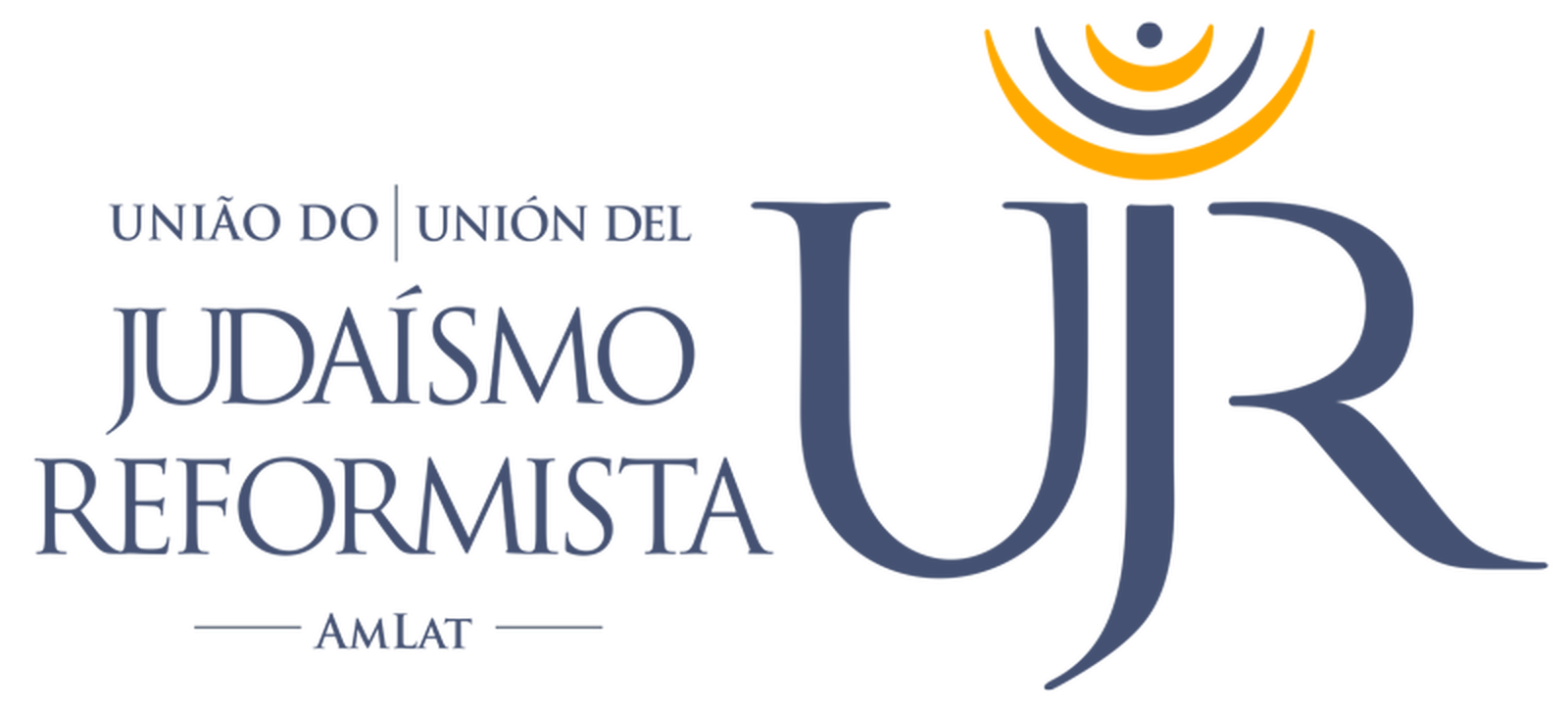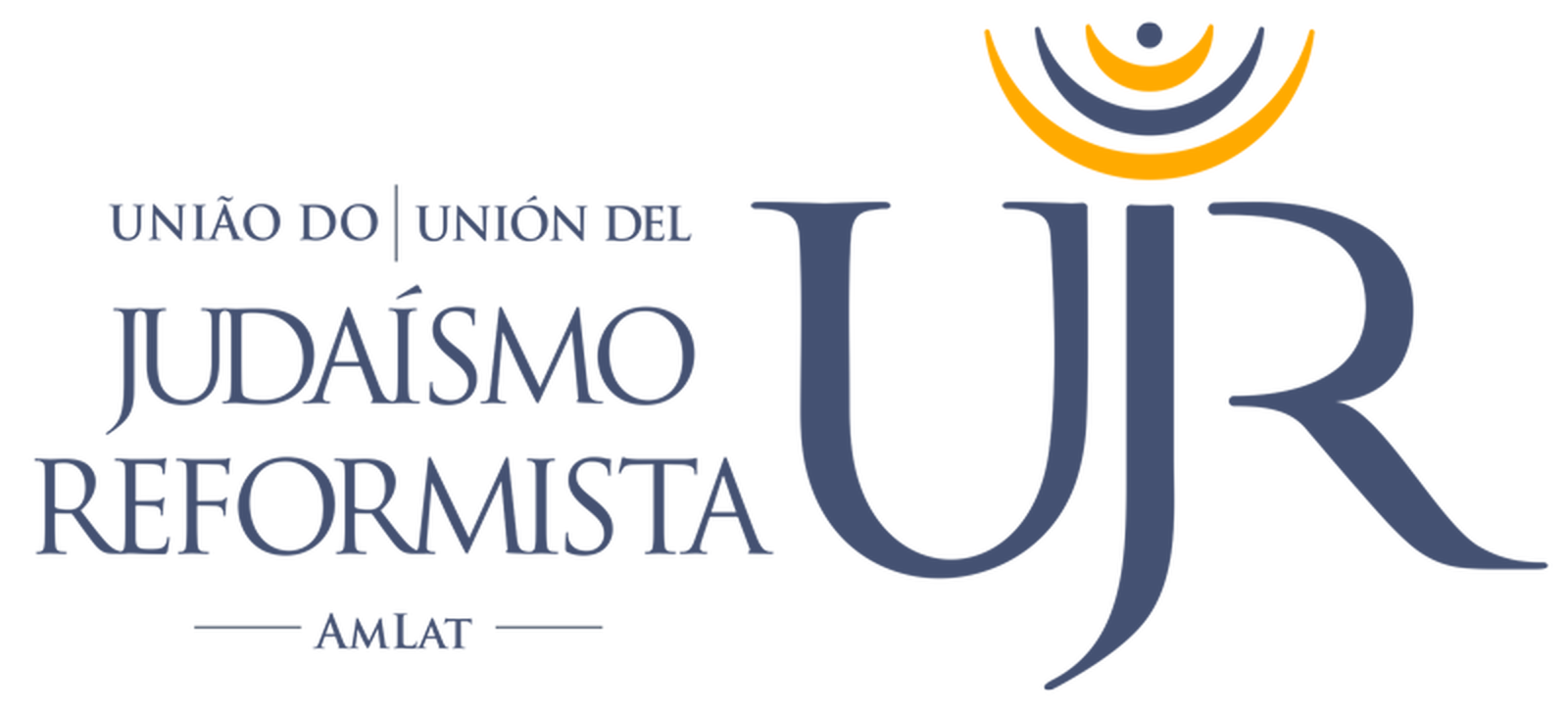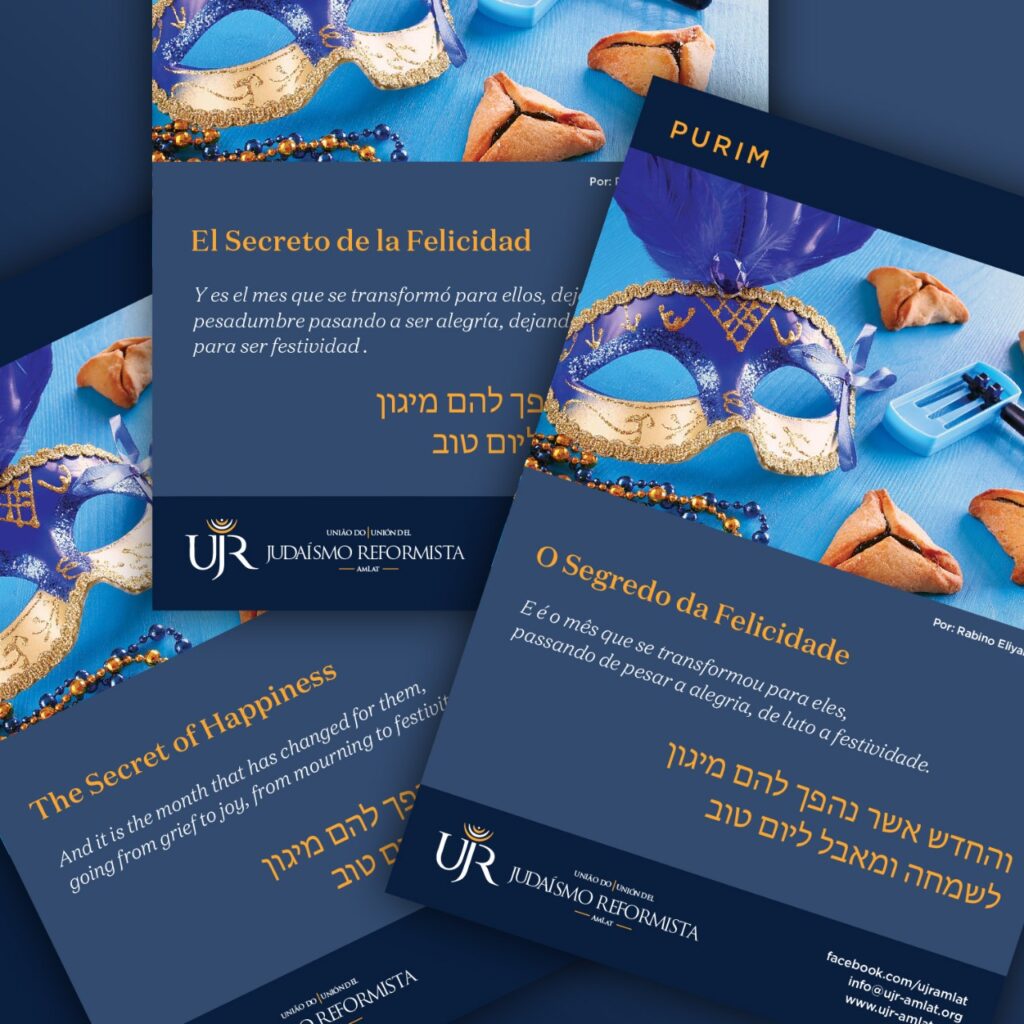והחדש אשר נהפך להם מיגון לשמחה ומאבל ליום טוב
And it is the month that has changed for them, going from grief to joy, from mourning to festivity.
A popular anecdote states that the Jewish festivals can be summed up like this: we were persecuted, we were saved, let’s eat!… Undoubtedly, of all the festivals in the annual cycle, Purim is the ephemeris in which this sequence is most faithfully expressed. Or maybe not?
Adar is the month in the Hebrew calendar in which we celebrate the feast of Purim. Our sages teach us that once this month begins, we aspire to increase joy in our lives. But what is joy all about? We can find some clues in the Megillah itself, and this is how the rabbis of the past understood it when they determined the four precepts of that occasion, namely: reading the book of Esther (the Megillah), giving gifts to the less fortunate (matanot laevionim), sending food to one’s neighbor (mishloach manot), and to prepare a feast (seudah). These four actions are the formula for happiness. They are not particularly complicated, but they demand our attention and need to be reminded, at least once a year, so that we can reproduce them uninterruptedly.
We read the story of Esther in two moments: at night and during the day.
To read it, we got together with the community, trying not to do it alone. We get together and make a lot of noise and mess. In shared reading, we seek meanings, explore possibilities and re-signify the text generation after generation.
We do tzedaká, giving laevionim matanot, and we support those most in need. In this way, we do our part in the collective construction of a fairer world. It is certainly something we must do all year round, as is always prescribed, but doing it on Purim we learn that we are part of this construction even in the most enthusiastic moments. Joy and abundance do not take us away from this obligation, but they bring us closer to it.
By handing the mishloach manot to our friends, we strengthen interpersonal bonds and enjoy the never-ending cycle in which we all give something of our own and receive a gift from someone else. In this chain of exchanges, everyone gives and receives food, and with them we symbolize our sympathies.
Finally, the Seudah, which is celebrated during the day, allows us to welcome friends and guests who come to our table. We welcome them when we can distinguish their faces and recognize each one of them. Sometimes we are the hosts and sometimes we are the guests. Inepositaries of our affections.
Four, therefore, are the gestures that require our involvement during the day of Purim. Four are the precepts that turn all sadness into joy. It is not the remembrance of a past event, but the rejoicing of a sincere and close reunion with our fellow human beings. This is the secret formula for the happiness of the month of Adar.
Four are the precepts of Purim, as we have already said. Four is also the number that accompanies us on Passover (four questions, four children…). Once Purim is over, we will begin to prepare for Passover, ready to begin the path to freedom. Now, Purim and our actions on that day deserve to be considered as the starting point of the tiled road that leads us to the citadel of liberation.
Let us return, then, to the initial anecdote. We cannot sum up Purim by saying that we were persecuted, that we were saved, and that we are going to eat. We must say: we rejoice, we celebrate by sharing and living together, we approach freedom together…
Chodesh Tov!
Rabbi Eliyahu Peretz – Judaica Norte
—





